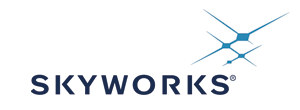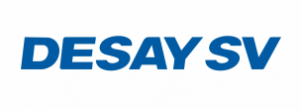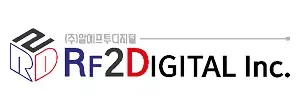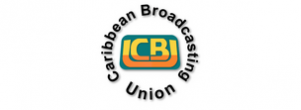Two months ago BT Broadcast Transmitters launched the first Brazilian DRM30 transmitter for Medium Wave Broadcast.
The DRM stand was one of the busiest of the SET Broadcast & Cable 2012 fair. This year, participants in the biggest annual Brazilian radio and television technology event had the opportunity to discover the DRM system, its capabilities and advantages in its own booth. This system already operates in several countries around the world and is under consideration as one of the two options for radio digitisation in Brazil.
Throughout the event organized by the Brazilian Society of Television Engineering and Telecommunications, the DRM Consortium demonstrated the system with an AM digital live broadcast using a DRM30 Digidia modulator, as well as exhibiting several models of radio receivers.
Among the numerous visitors who came to the DRM’s booth were representatives of the government of Ecuador: Carlos Mendieta (Department of Telecommunications), Christian Vega (National Secretary of Telecommunications) and Gustavo Orna (Superintendency of Telecommunications). The Ecuadorian government officials said that Ecuador should follow the Brazilian model of digital radio, but also added that in any case they are “clearly favourable to the business model and the technology as developed by DRM”. Before leaving the stand, the representatives of Ecuador requested the scheduling of future DRM+ tests for their country.
Speakers’ Slot – Digital Radio Seminar
During the SET Digital Radio Seminar, Carlos Acciari (Digidia) gave a DRM presentation together with Rafael Diniz (Unicamp specialist) in front of a full auditorium and very attentive audience.
Carlos Acciari highlighted the technical capabilities stressing the efficient use of the spectrum in DRM. In the FM band DRM uses 100Khz compared with 200Khz in FM analogue. As for HD, this requires 400Khz. This means that in spectrum-congested cities, such as Sao Paolo and Belo Horizonte, the DRM solution would help maintaining most of the existing frequencies.
– DRM is the only standard that works in SW state stations and their programmes available to large audience thus fulfilling a social and national cohesion role.
For instance in Brazil, Radio Nacional de Amazonas, which covers the entire Amazons region including neighbouring countries such as Argentina or Venezuela, would be able to broadcast only in the DRM system in a digital future.
– DRM allows the transmission of four simultaneous channels carrying audio, data, pictures, text messages
– DRM audio delay is shorter than in other systems (e.g. HD). This gives an enhanced experiences of sports broadcast to listeners.
– DRM can broadcast in Surround sound which can give an excellent experience at home and in cars
– In case of emergency or disaster DRM supports a warning of emergency that automatically turns on the receiver in the car, home or any place where the receiver is located to alert the listener to danger.
– DRM supports the use of SFN – Single Frequency Network – that allows a given broadcaster to use one single frequency for uninterrupted broadcast coverage without interference from other radio stations. SFN coverage can be achieved by using multiple smaller transmitters as opposed to a single powerful transmitter. ‘This is without any doubt a very attractive economical solution for many entrepreneurs in terms of economy of energy” said Rafael Diniz from Unicamp.
Developments in the Industrial Sector
Transmitters
Two Brazilian companies are already producing transmitters for AM (DRM30) and FM (DRM+). This result has been achieved with 100% national technology. On top of catering for the national market those two companies can now export to other countries such as India, Russia or countries that will adopt the DRM standard in the future.
Once the standard to be implemented in Brazil has been defined, DRM transmitters of all sizes and power could be deployed in less than 30 days.
Modulators are already available now for immediate importation at a reduced cost from several DRM member companies and could be produced nationally in less than six months.
Receivers:
Several models of chipsets are already available and could be used by the domestic industry interested in manufacturing Brazilian receivers. In fact, DRM members already own and operate with chipsets that can receive a signal in AM, FM and SW, digital and analogue, in a single device.
As the DRM uses the same encoding format as SBTV-D, the Brazilian industry can easily integrate the chips into their products and can even create hybrid products for TV reception and digital radio at low cost. Every digital TV receiver could capture the DRM+ signal (Digital FM).
On the first day of the SET Broadcast and Cable fair the first DRM + transmitter (DRM for VHF) was launched by Brazilian Teletronix Broadcasting Equipment.
Two months ago BT Broadcast Transmitters launched the first Brazilian DRM30 transmitter for Medium Wave Broadcast.
Marcelo Goedert, DRM Representative- Brazil
Pictures can be viewed here.


